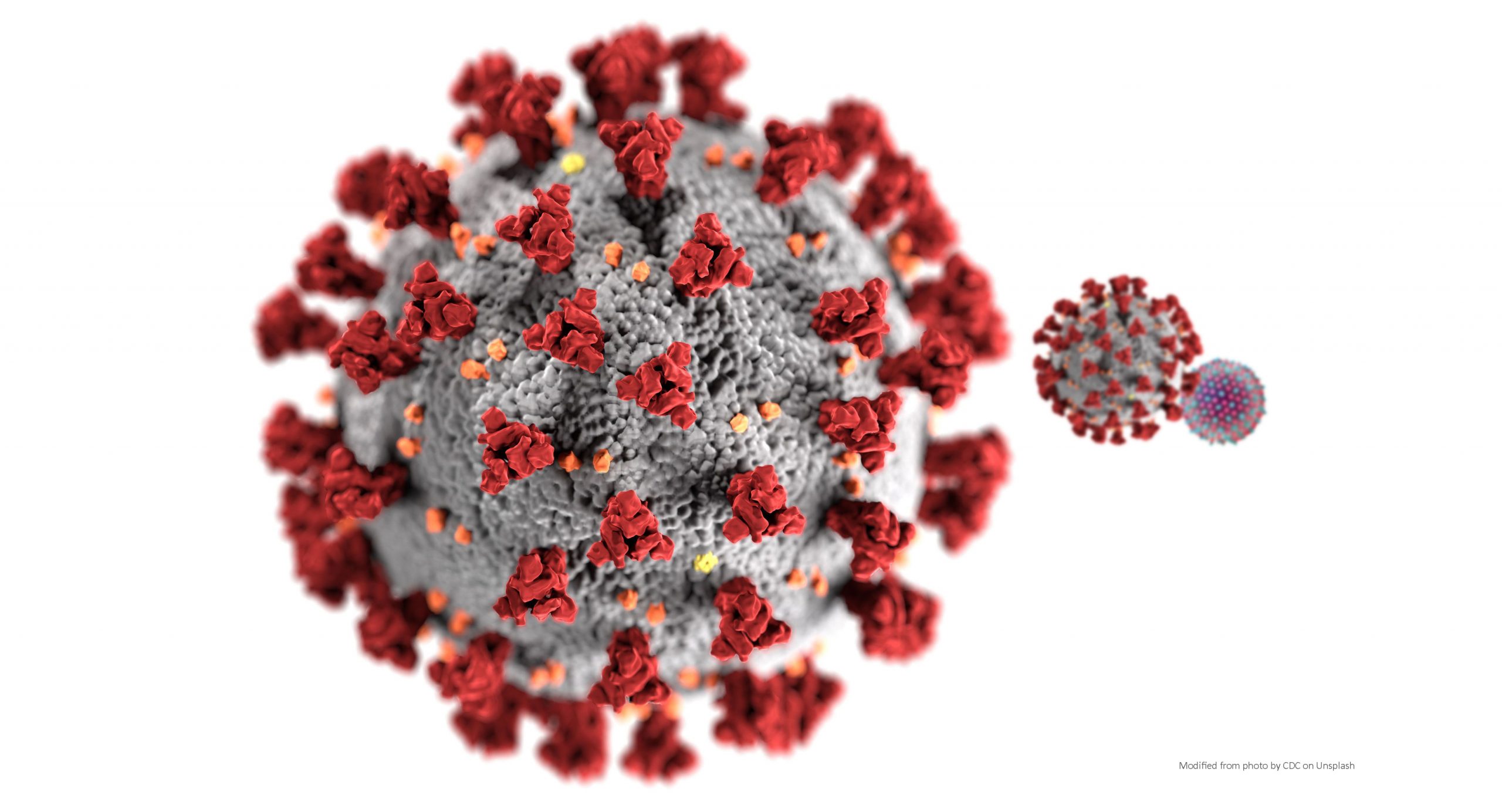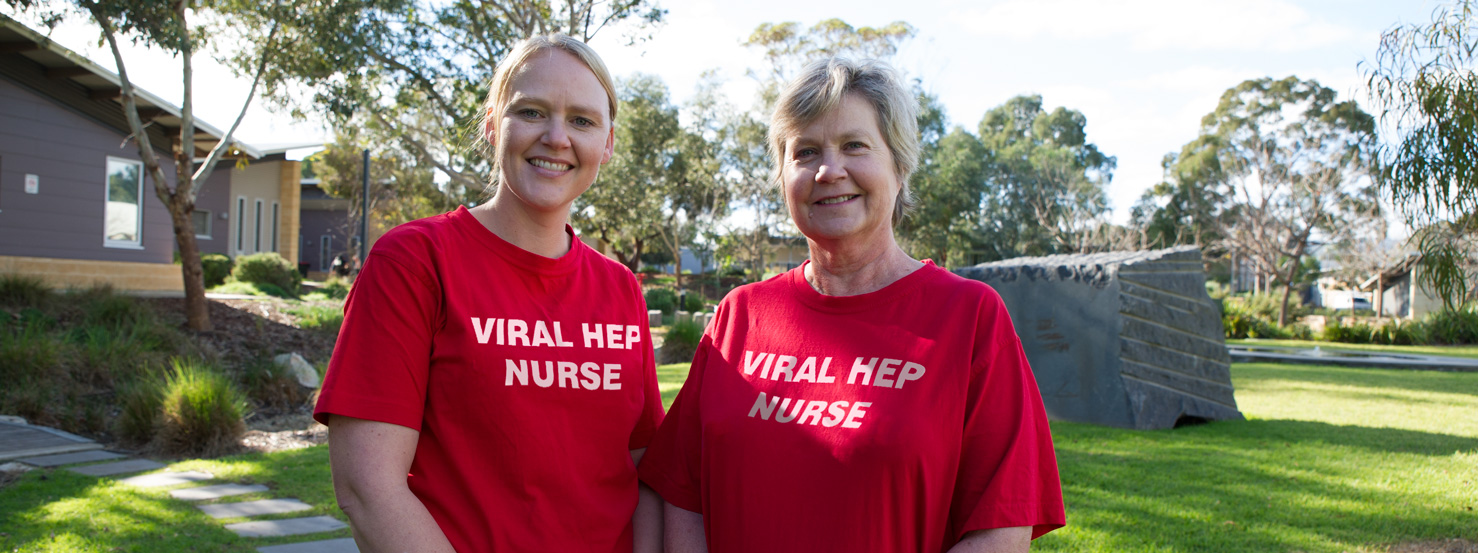What are the risks of coronavirus COVID-19 for people living with hepatitis B or hepatitis C? People with weakened immune systems (e.g. people on immune suppressing medications, people receiving cancer treatments), older people especially those aged over 70 years, Aboriginal and Torres Strait Islander people and people with chronic medical conditions are particularly at risk from the effects of COVID-19.
Tag: hepatitis B
Talk to a Nurse
South Australia’s Viral Hepatitis Nurses are clinical practice consultants who work with patients in the community, general practice or hospital setting. They provide a link between public hospital specialist services and general practice, and give specialised support to general practitioners (GPs) to assist in the management of patients with hepatitis B or hepatitis C.
Hepatitis B Screening for People Receiving Cancer Therapy
An Australian expert panel of medical specialists have recommended that all people receiving immunosuppression cancer therapy be screened for hepatitis B.
If you have ever been infected by hepatitis B, cancer treatment which suppresses your immune system can allow the virus to reactivate – even if your body had dealt with it successfully before. Reactivation can lead to liver failure, death or sub-optimal cancer treatment.
Continue reading “Hepatitis B Screening for People Receiving Cancer Therapy”
Hepatitis B – the neglected epidemic
Close to 234,000 Australians live with chronic hepatitis B—one of the leading causes of liver cancer—and almost four out of ten don’t know they have the condition. It is even more alarming in South Australia, where six out of ten are not diagnosed1.
Hepatitis B diagnosis rate in Australia remains stagnant at around 63 per cent from 2015 to 2017, and our treatment rate of 8.3 per cent falls far short of the recommended 20 per cent of people with chronic hepatitis B estimated to need treatment. In this respect too, South Australia lags with a treatment uptake of only 5.7 per cent—and only 16 per cent of those with chronic hepatitis B being monitored, well below the national average of 20.2 per cent2.
New guidelines mean more freedom for healthcare workers living with BBVs
New national guidelines endorsed by the Australian Health Ministers’ Advisory Council have been released in January 2019 for healthcare workers who perform exposure-prone procedures, and for healthcare workers living with a blood-borne virus (BBV).
These are the Australian National Guidelines for the Management of Healthcare Workers Living with Blood Borne Viruses and Healthcare Workers who Perform Exposure Prone Procedures at Risk of Exposure to Blood Borne Viruses.
Continue reading “New guidelines mean more freedom for healthcare workers living with BBVs”
New Liver Cancer Marker Promises Earlier Diagnosis and Better Outcomes
Australian researchers have found a way to predict the risk of liver cancer in people with chronic hepatitis B, promising earlier diagnosis, better management and potentially better prevention of hepatitis B- related liver cancer.
For some time now scientists have known that when the hepatitis B virus (HBV) replicates it leaves behind bits of its DNA in string form, different to its original circular shape. They refer to this as “splicing”. They also noticed that higher viral load results in more splicing; and retrospective examination of blood samples showed that splicing increased each year prior to the development of liver cancer.
Continue reading “New Liver Cancer Marker Promises Earlier Diagnosis and Better Outcomes”





